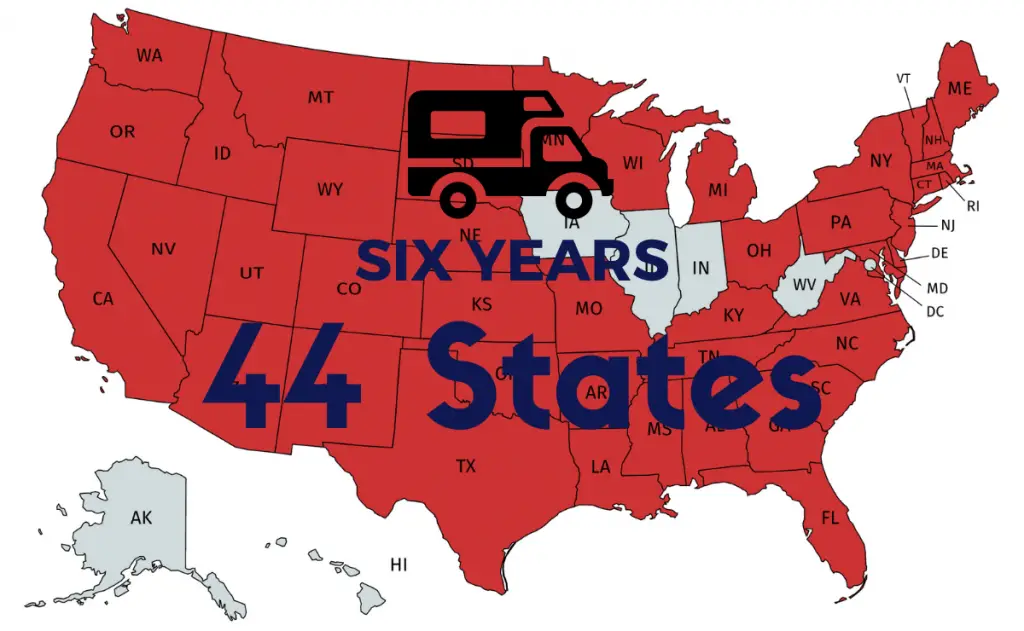
On February 21, 2019, we celebrated five years of full-time travel and started our sixth year embracing the nomadic lifestyle.
We lost our minds a bit, while simultaneously finding ourselves. We sold our 40-foot RV and found out its contents fit into a 5×8 U-Haul trailer. We moved into our Jeep Wrangler, crossed the southern border, and spent the next two months driving 2,000 miles through the interior of Mexico.
Though we threw around the idea of living out of our Jeep all year, we ended up buying a 2016 Winnebago View 24J. It was the exact model we had been eyeing, with tons of solar, and we knew it had been cared for by our friends at Famagogo.
And so began the most insane year of continental U.S. travel we’ve ever put ourselves through: a complete loop of the country through 32 states and Canada, with some unplanned detours along the way.
But I’m getting ahead of myself.
This is the companion piece to “19 Favorite Moments of 2019, Our Sixth Year as Full-time RVers.” Make sure you read that article for tons of photos and our favorite experiences of a very full year.
Note: This article includes affiliate links. If you get excited about any of the products featured here, we’d love it if you’d shop via our links. This will encourage us to continue investing time in creating useful content!
Number of Countries
Three: Mexico, U.S.A., and Canada. (We traveled through Mexico with our Jeep, not RV.)
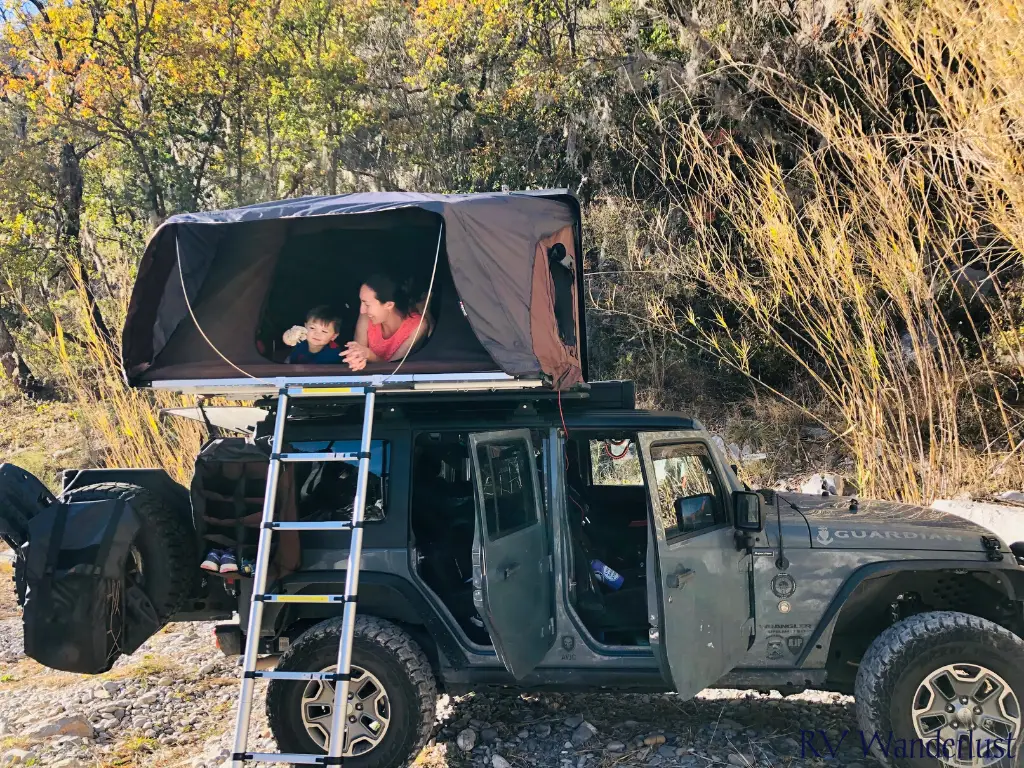
Number of States
Thirty-two states, including a whopping 14 new states by RV (Minnesota, Wisconsin, Michigan, Ohio, Pennsylvania, New York, Vermont, New Hampshire, Maine, Massachusetts, Rhode Island, Connecticut, New Jersey, and Maryland).
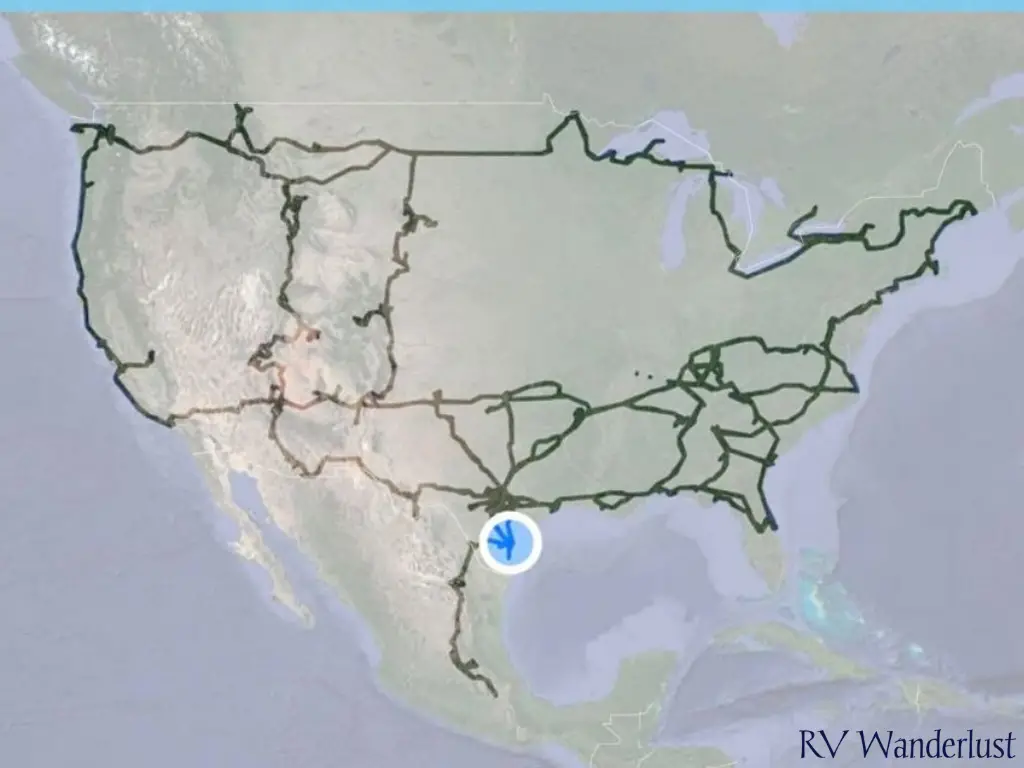
We had no intention of visiting New England at all this year, so that was a bit spontaneous.
Number of Overnight Spots
150.
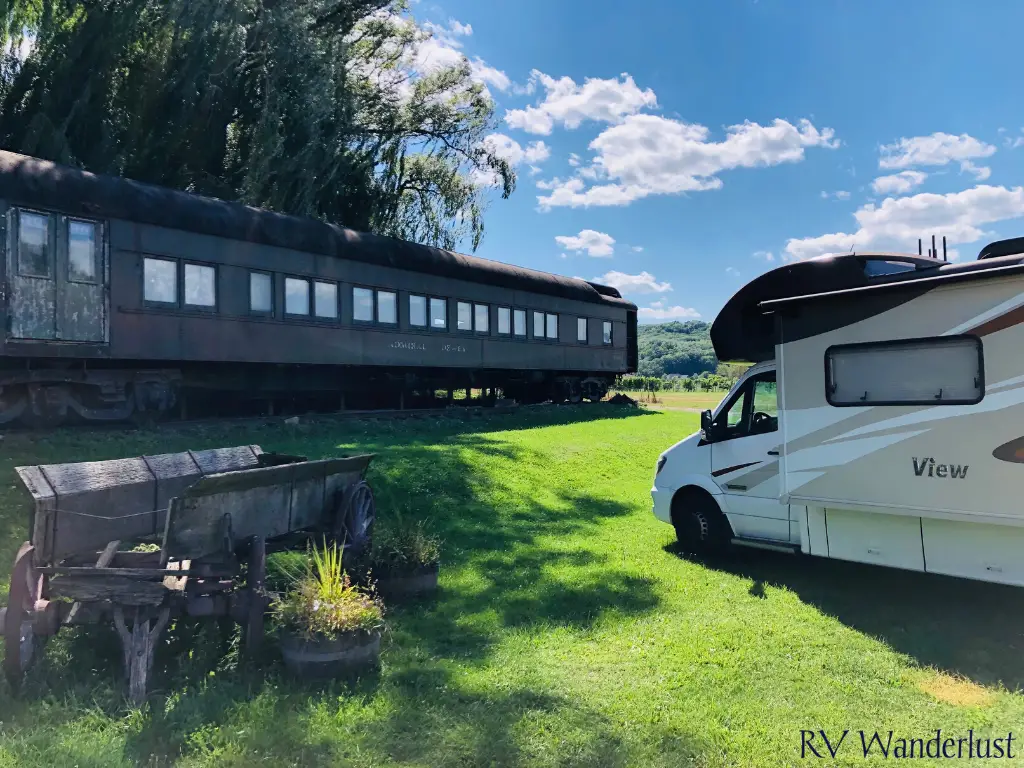
I should put this number, 150, into context. In my 2018 review, I described our 45 overnight stops as “breathtaking.” In relation to our travel pace up to that time, it was a whirlwind. But by May 20, we had already hit that number for 2019. And our pace wound up from there.
Where We Stayed

- 1 abandoned air field
- 1 United States Coast Guard station
- 1 city street
- 1 port authority campground
- 1 RV shop
- 1 restaurant
- 1 Cabela’s
- 1 Walmart
- 1 Highway 101 pull-off
- 1 field at a speaking event
- 1 dispersed camping on state-owned land
- 1 NPS land
- 2 BLM land
- 2 national parks
- 2 off-road parks
- 3 county parks
- 4 rest areas
- 4 military campgrounds
- 4 national forests
- 6 city parks/campgrounds
- 7 casinos
- 7 private campgrounds
- 12 state parks/campgrounds
- 19 moochdocking spots
- 26 Harvest Hosts
It’s so fun to see this list put together in one place. When you’re moving almost every day, your surroundings blur together a bit. There were definitely mornings when I woke up and didn’t know where I was at first.
But our Winnebago gives us so much flexibility, which results in variety. We’re branching out more than ever with the bizarre places we’re able to park and sleep, like a residential street in Burbank, California, around the corner from my brother’s apartment. (We were legal with the correct permit on our windshield!)
And as a sidenote, the above list reflects where we stayed with our Winnebago from March 9 onwards. When we lived out of our Jeep for the first 67 nights of 2019, we stayed at a mixture of wild camping spots, established campgrounds, Airbnbs, hotels, and family/friends’ homes on both sides of the border. We had several other nights in the Jeep throughout the year.
Free Vs. Paid Overnight Spots
86/150.

Fifty-seven percent of our overnight spots in 2019 were free, or 86 out of 150 places. In 2018, we were at 48 percent.
Dry Camping Vs. Hookups
95/150
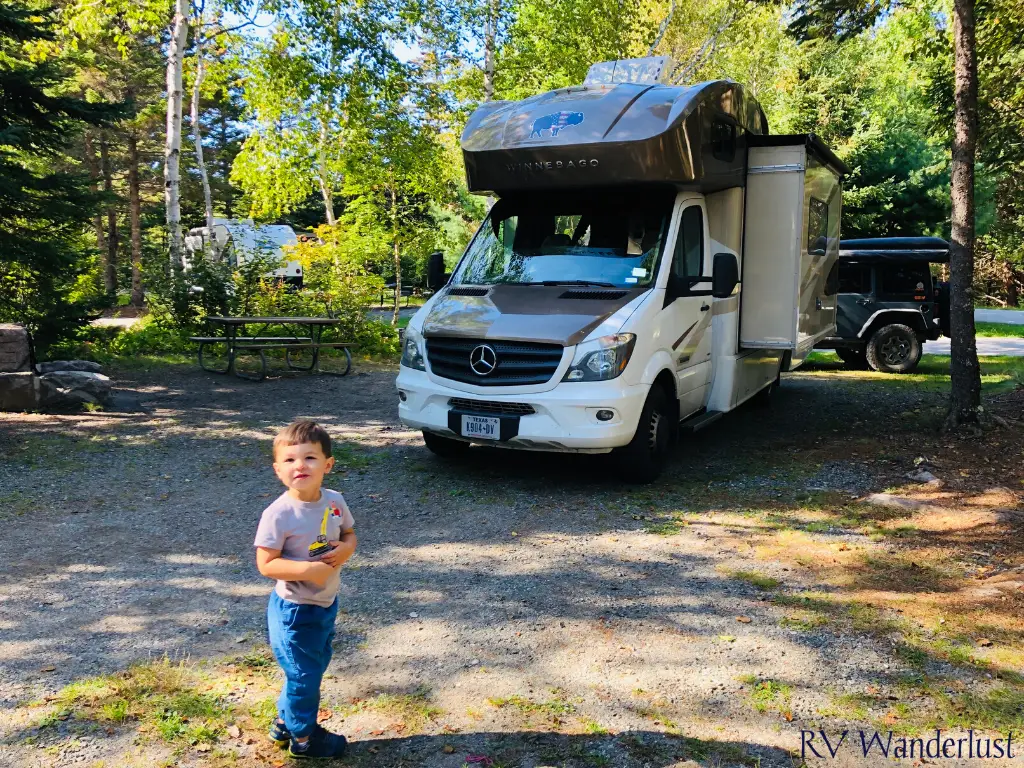
This is a new stat we’ve pulled out for 2019. 2018 was the year we branched out and really started dry camping–with only 100-watts of solar from a suitcase.
Granted, we had 90 gallons of fresh water, 45 gallons for black water, and an astounding 70 gallons for grey water. I look back and realize how easy I had it, but it sure didn’t feel that way at the time.
Empowered by what we did in 2018, 2019 was our big year for dry camping. Sixty-three percent of our overnight stays were without hookups of any kind. (The remaining 37 percent were almost never full hookups.) Our Winnebago has 420-watts of solar, which is awesome for our electric needs.
Our tanks are a LOT smaller now (32 fresh/34 black/40 grey), but we’ve fine-tuned our conservation skills to make it work. Of course, it helps that we’re constantly on the move because we can easily work dumping and filling into our travel days.
2019 Camping Fees
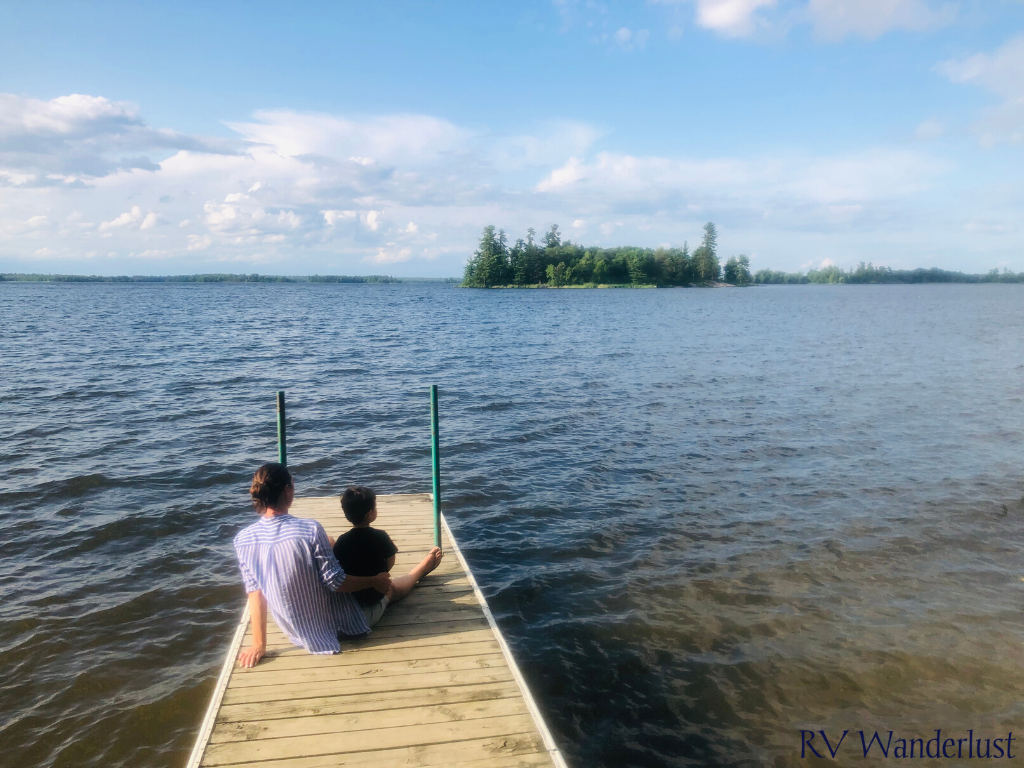
Remember, we didn’t have an RV again until March 2019. While our year-over-year comparison for total amount spent won’t be perfect this time around, the monthly and daily averages definitely still stand!
Total: $3,328
We spent:
- $7,283.94 in 2018
- $8,525.46 in 2017
- $11,752.62 in 2016
Monthly Average: $277 ($607 in 2018 and $710.46 in 2017)
Nightly Average: $9.12 ($19.96 in 2018 and $23.36 in 2017)
Most Costly Month: $656 in June
We were visiting our big kids in a part of northern California where camping options were limited. We stayed at a private campground in the city to be as close to them as possible!
Least Costly Month: $38 in December
We were in Texas for most of December, and were hosted by friends and family for most of the month.
Our second least costly month was September, when we were constantly on the move. Our total campground fees were $148. For the most part, we were moochdocking or staying at Harvest Hosts locations through our membership. As you might imagine, there are so many charming Harvest Hosts options in New York state and New England!
➡️ Become a Harvest Hosts member and receive $15 off your membership through our link
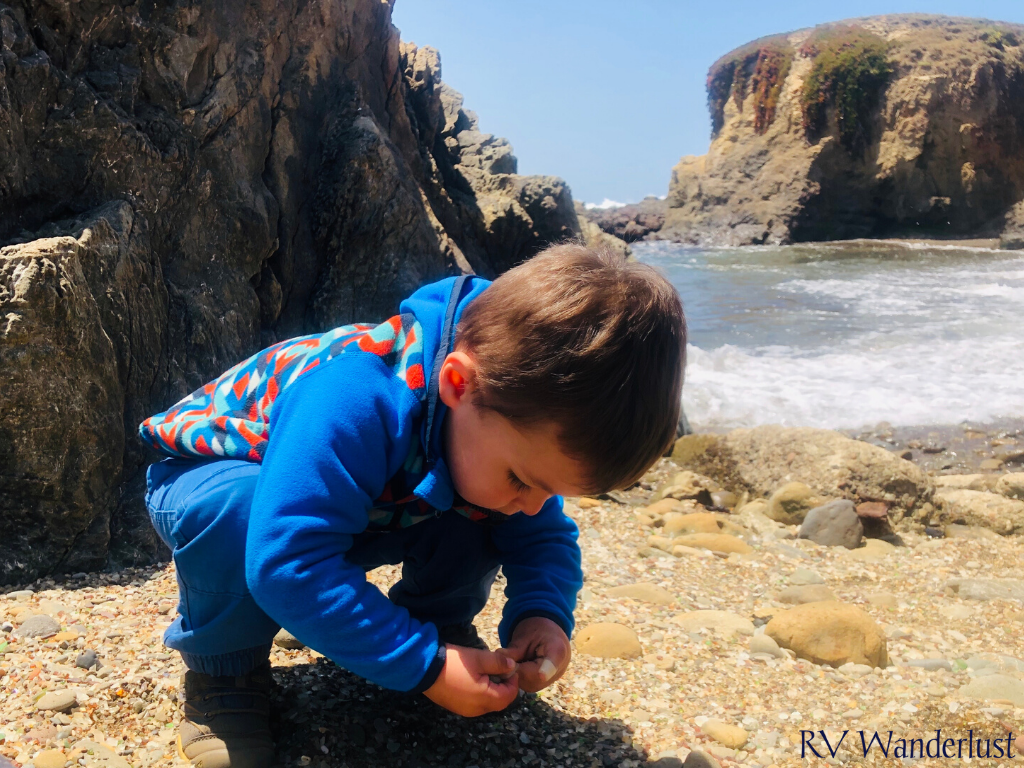
We try to include as many year-over-year comparisons in these annual reviews, but you’ll get the best comparison by reading each full review:
If you’ve been with us for a while, then you know our annual review usually include a recap of our route and adventures. However, since our 2019 mileage was dramatically different than ever before, I’d have to write a book to present our travels in the usual way. Instead, I’ve pulled out our 2019 highlights and presented them in a separate article.
If you have any questions about the full-time RV lifestyle, or our journey specifically, just leave a comment below!
-B






Leave a Reply